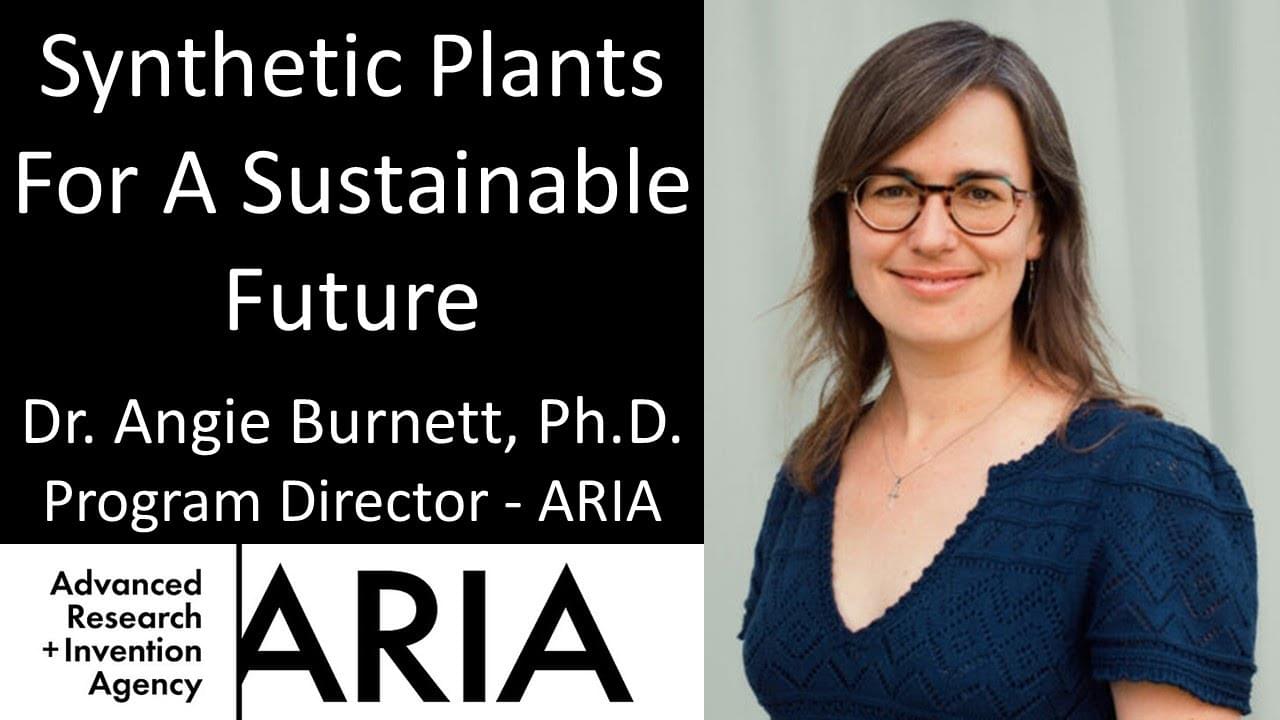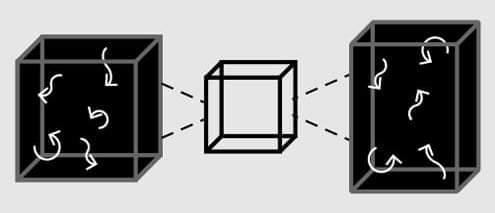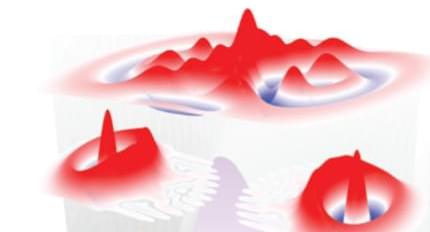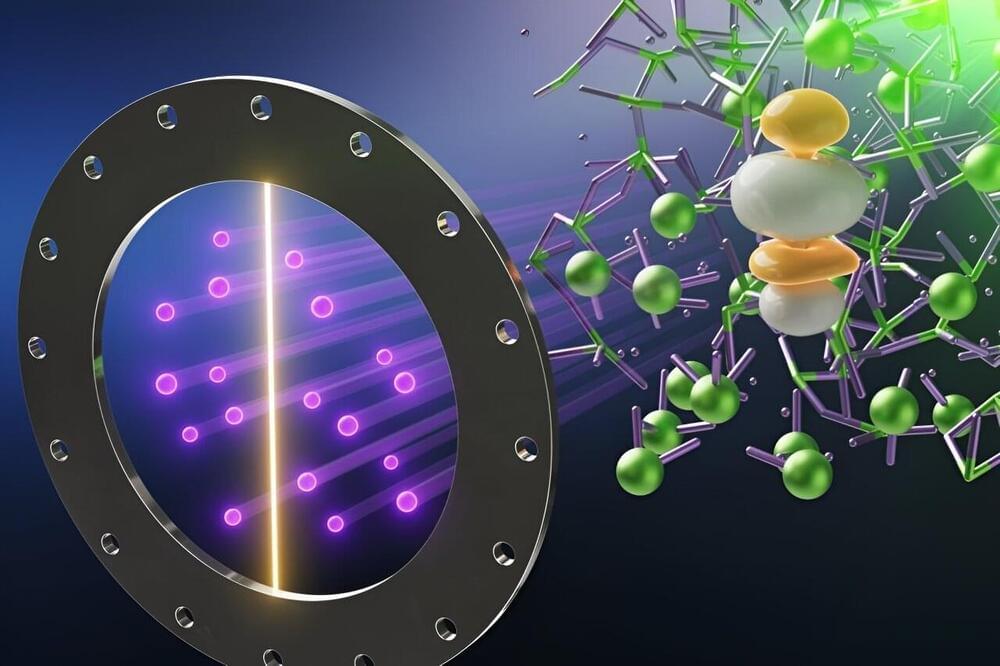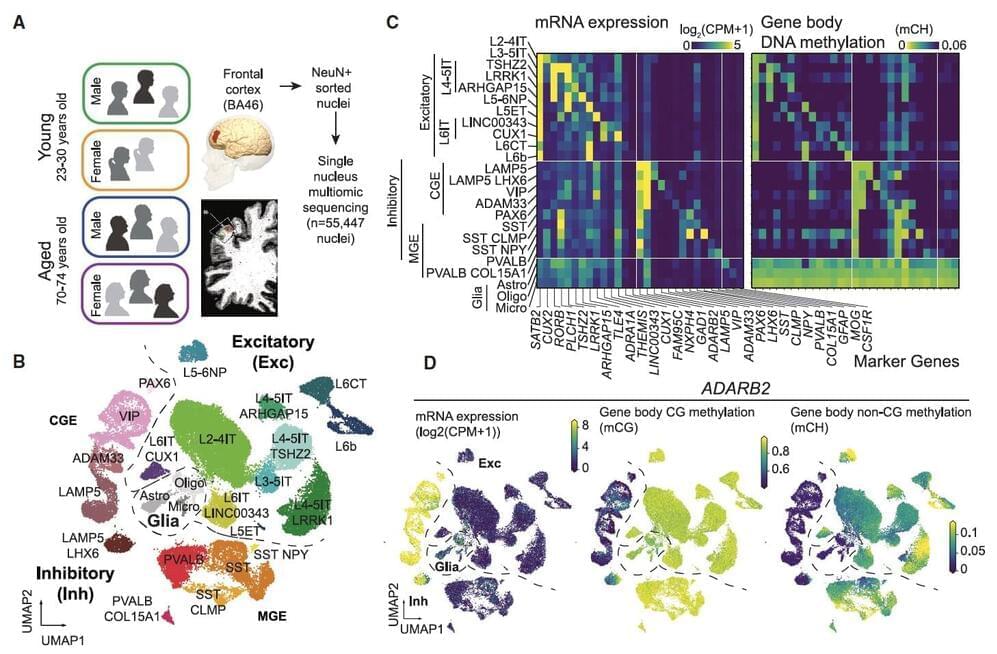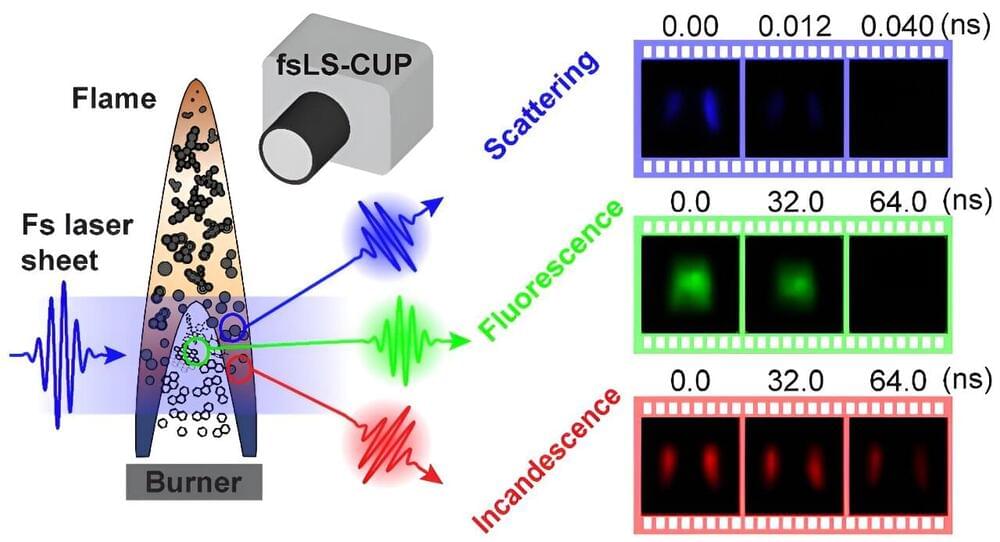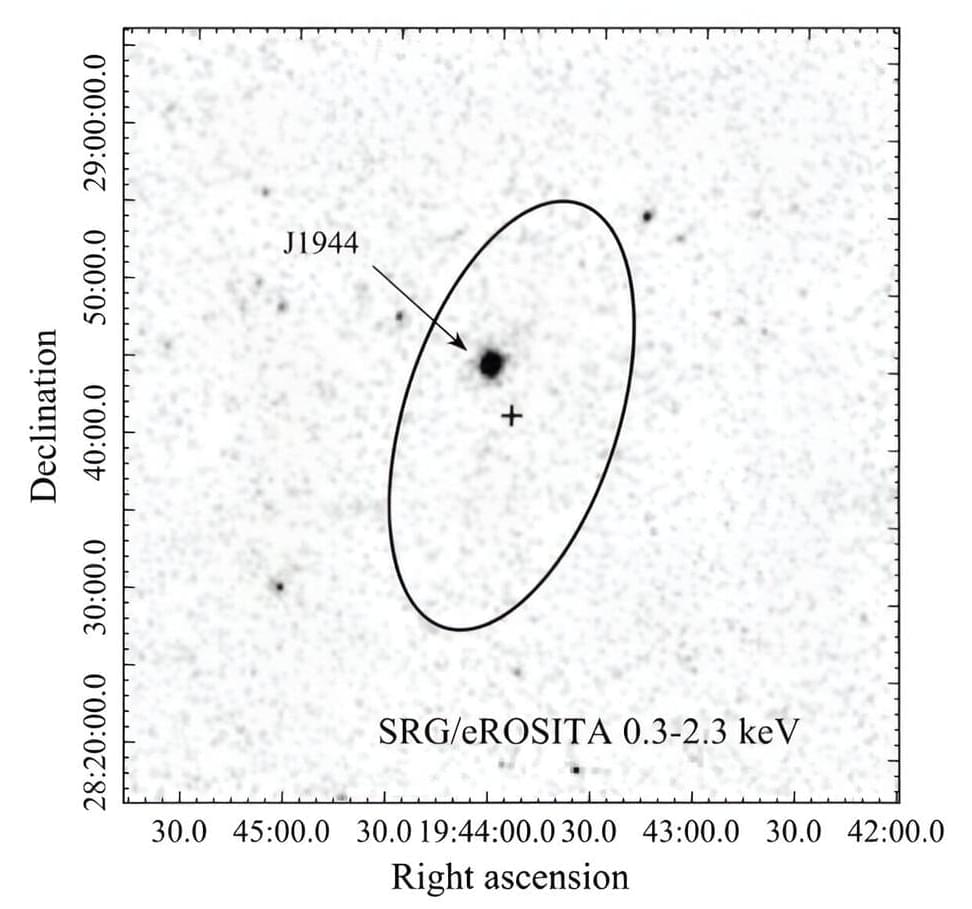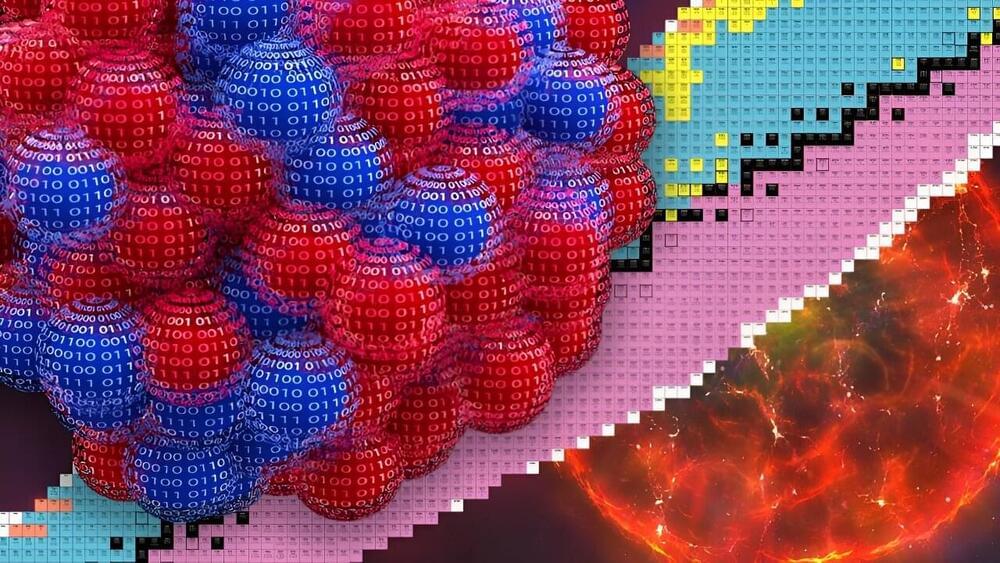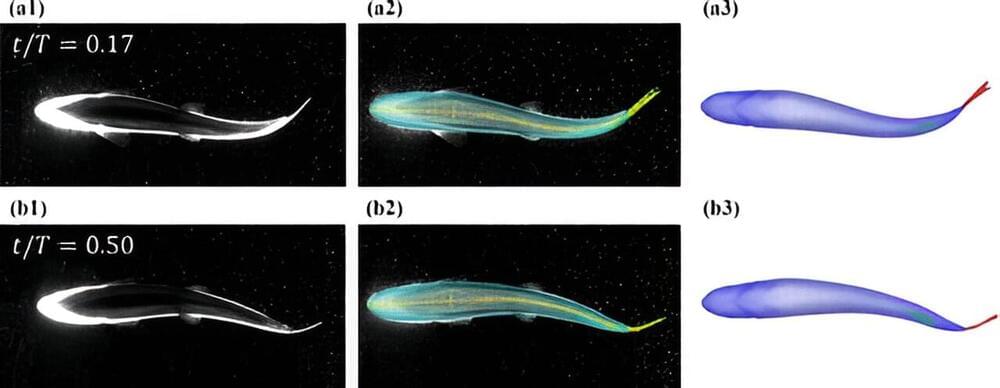Sep 4, 2024
Dr. Angie Burnett, Ph.D. — Program Director, ARIA — Synthetic Plants For A Sustainable Future
Posted by Ira S. Pastor in categories: biological, genetics, sustainability
Synthetic Plants For A Sustainable Future — Dr. Angie Burnett, Ph.D. — Program Director, Advanced Research + Invention Agency (ARIA)
Dr. Angie Burnett, Ph.D. is Program Director at the Advanced Research and Invention Agency (ARIA — https://www.aria.org.uk/), a UK organization created by an Act of Parliament, and sponsored by the Department for Science, Innovation, and Technology, to fund projects across a full spectrum of R\&D disciplines, approaches, and institutions, per the ARIA mission statement to “Look beyond what exists today to the breakthroughs we’ll need tomorrow”
